Reportar esta entrada
Más sobre la misma comunidad-colección
Navidad - 2016 - Plaza San Jacinto
Savannah Appelzoller and Annalyse Appelzoller at the San Jacinto ...
Navidad - 2016 - Plaza de San Jacinto
Photograph taken at the San Jacinto Christmas Celebration. Left ...
Plaza San Jacinto - Navidad - 2016
San Jacinto Plaza - December of the year 2016. Two children are ...
Plaza San Jacinto - Navidad - 2016
San Jacinto Plaza - downtown El Paso, Texas during the lighting ...
Plaza San Jacinto - Navidad - 2016
San Jacinto Plaza during the lighting of the plaza-- December of ...
Plaza San Jacinto - Navidad - 2016
Downtown El Paso, Texas during the Christmas celebration in San ...







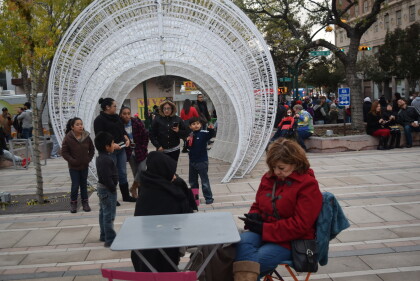

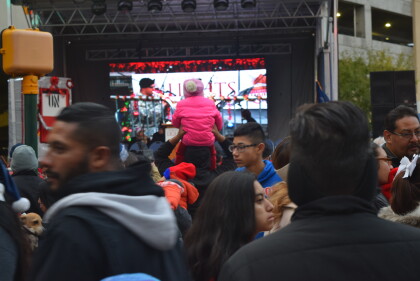
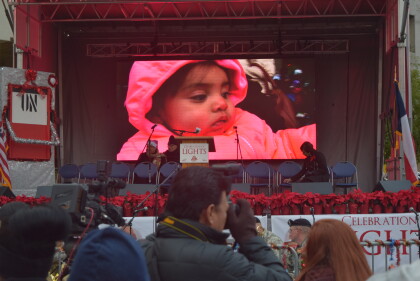
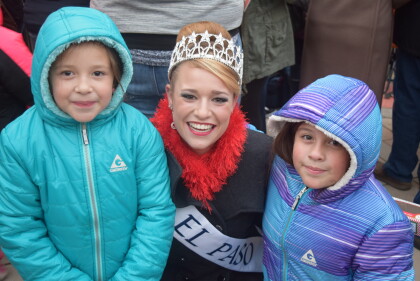
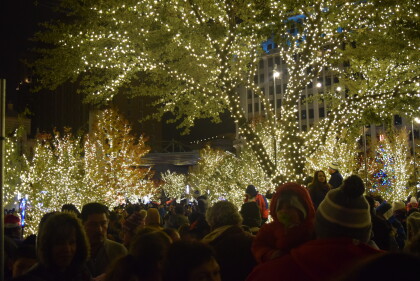
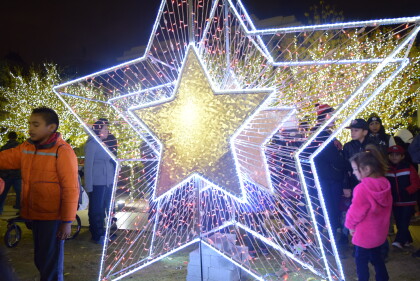
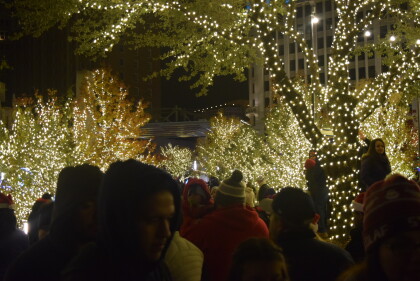
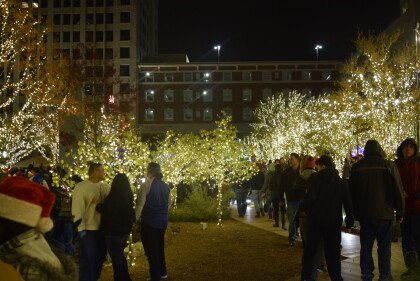
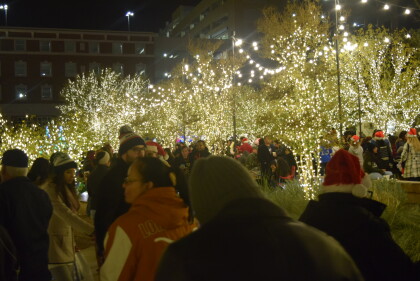
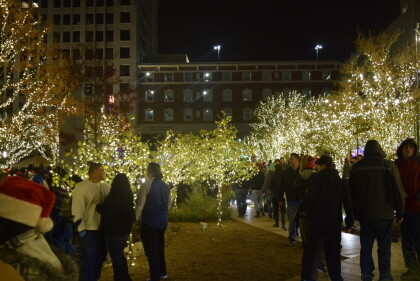
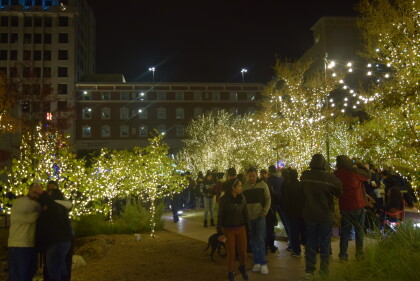
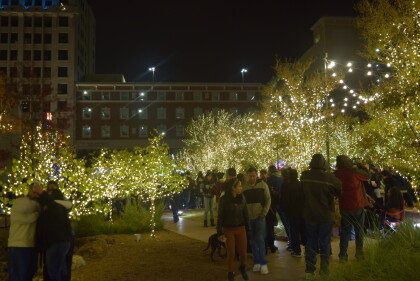
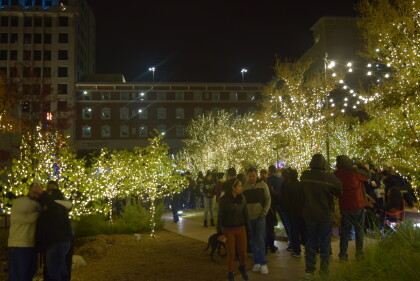
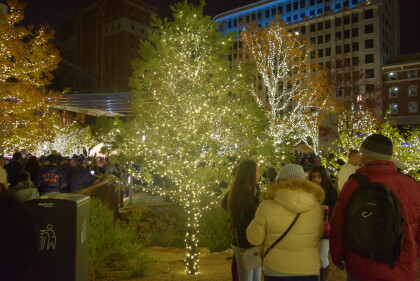
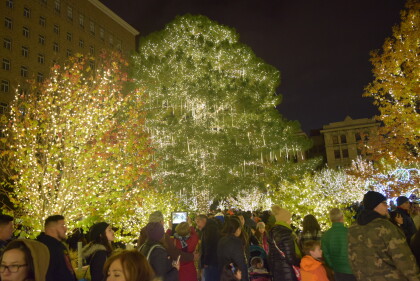

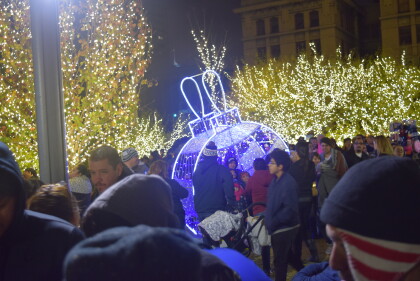
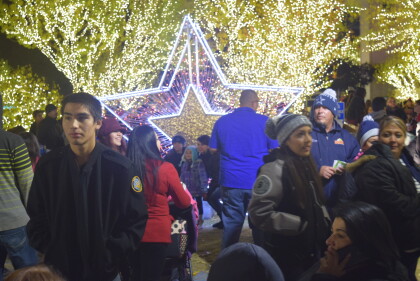



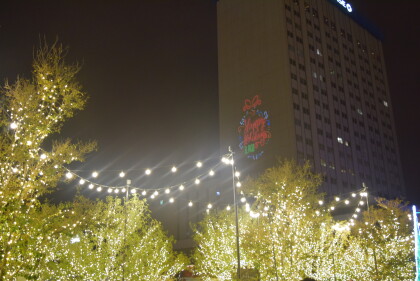
Comentarios
Hacer un comentario